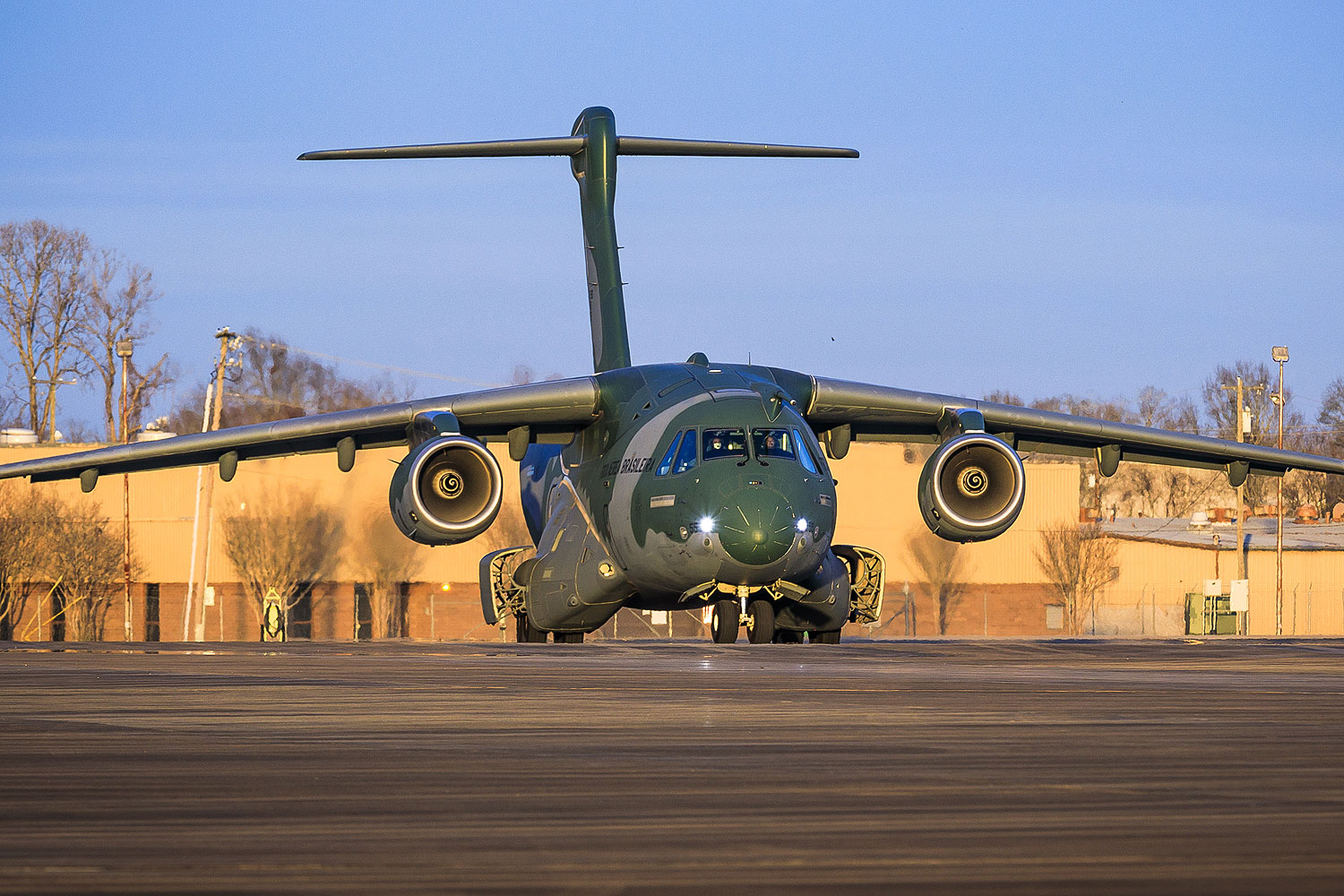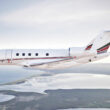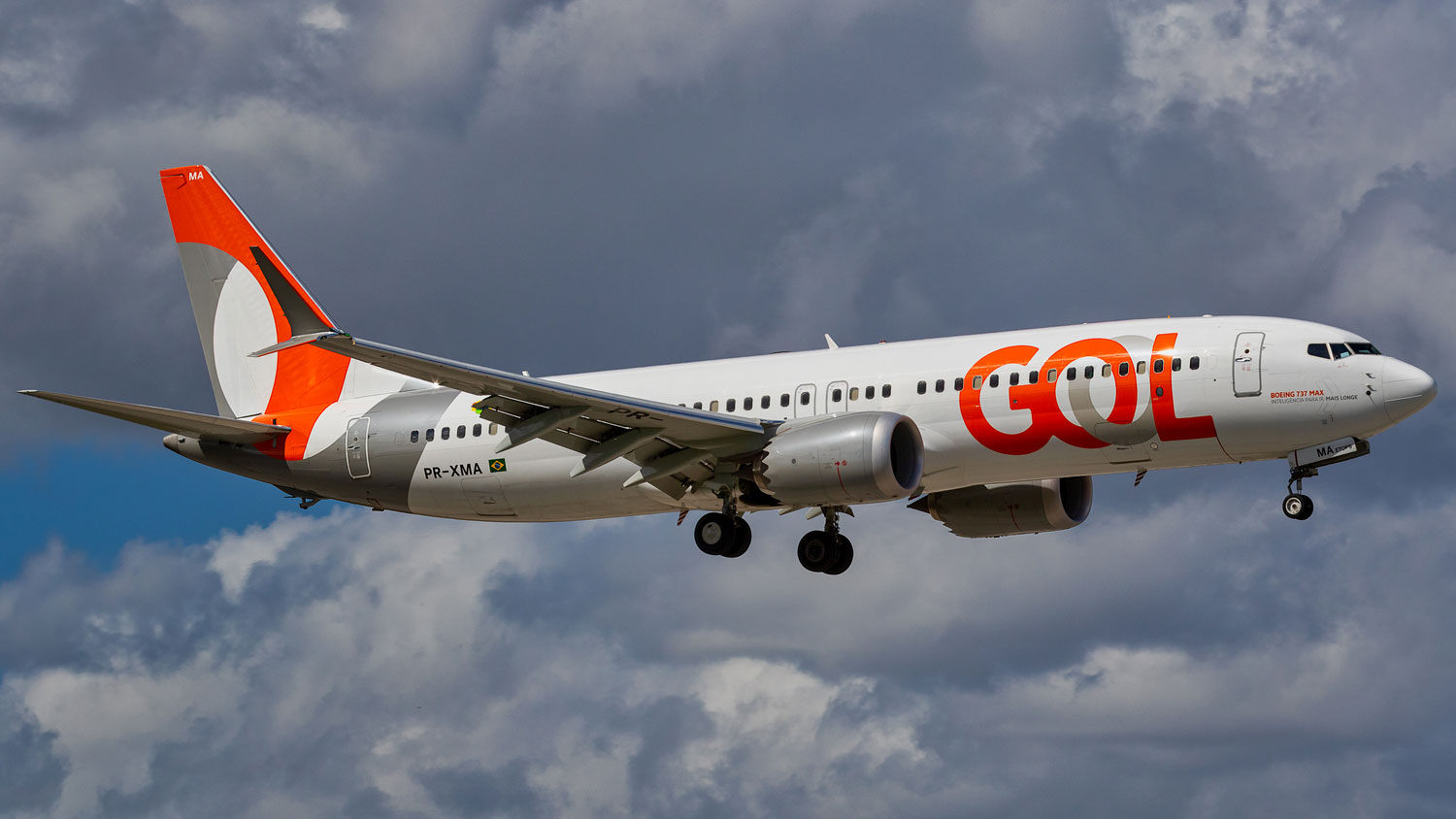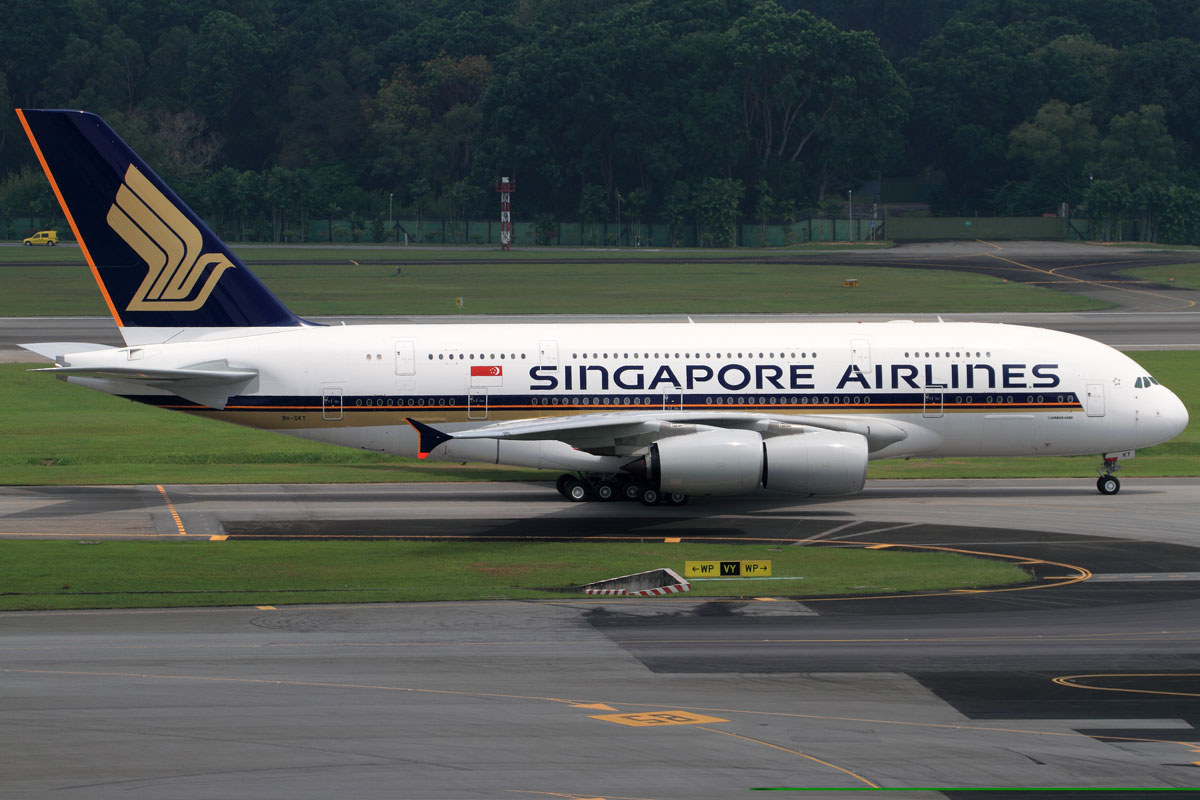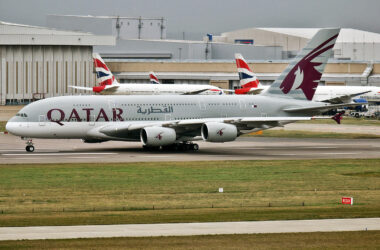KLM Cityhopper confirmed that the prolonged availability issue for its Embraer E195-E2 jets will affect the flight network during the summer season.
In a statement, the Dutch regional airline said that “it is having difficulty fully deploying the E2. KLM Cityhopper is consulting with Embraer and engine manufacturer Pratt & Whitney to seek a solution for these issues, which have no impact on flight safety”.
Follow ADN: Instagram | Twitter | Facebook
To resolve the situation, KLM Cityhopper will have to make occasional reductions in the flight schedule for a few months. “These adjustments will affect flights scheduled to depart several months from now, allowing customers to be rebooked onto alternative flights well in advance, if necessary,” explained KLM.

The problem with the PW1900G engine involves updating components and software by Pratt & Whitney, but the US company has not been able to serve its customers, which forces some aircraft to be removed from service.
ADN got a statement from KLM in January that already informed the situation. At the time, eight of the 14 jets were out of operation while this week there were five E195-E2s grounded, out of 15 that are currently in the fleet.
The CEO of the carrier, Marjan Rintel, was in Brazil to talk with Embraer in order to seek a solution to the impasse.
Efficient engine
To overcome the difficulty in using its E195-E2s, KLM Cityhopper decided to extend the lease of Embraer’s first generation E-Jet aircraft, which would be returned to lessors.
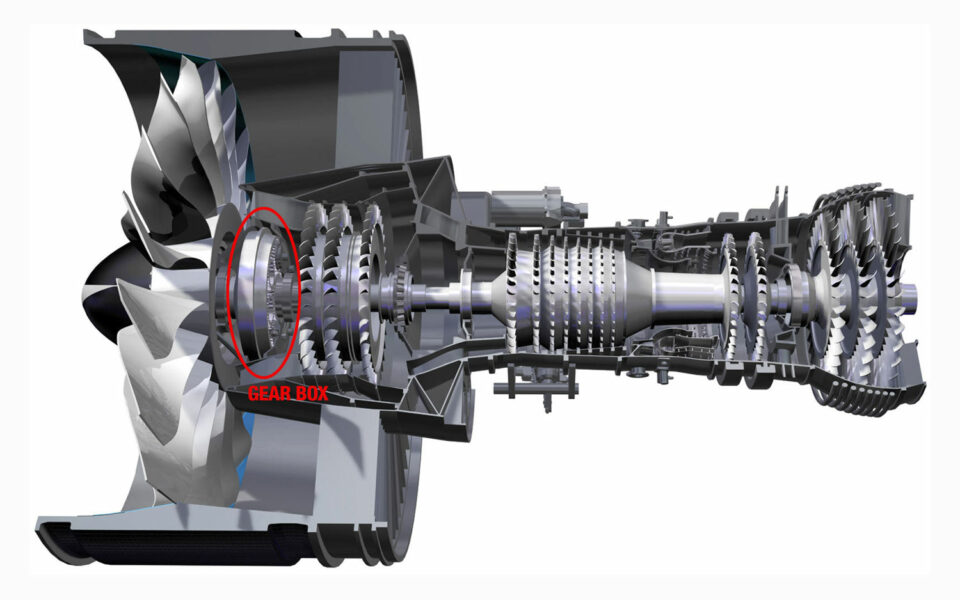
In addition, the airline is closing wet-leasing agreements with companies such as German Airways.
Pratt & Whitney’s GTF (Geared Turbofan) engine is considered one of the most efficient on the market, capable of providing fuel savings and reduced emissions compared to previous generation models.
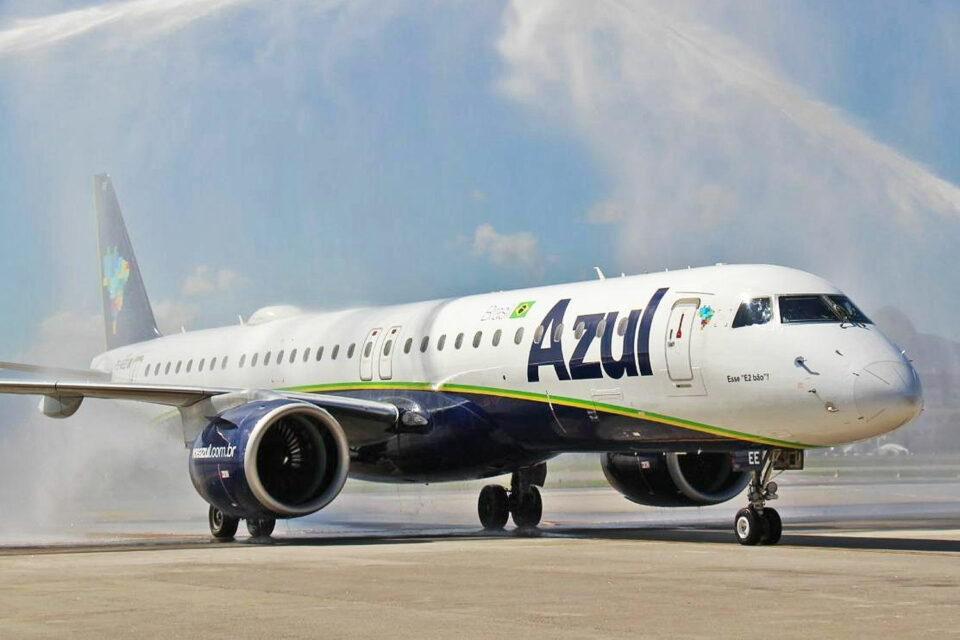
However, the US manufacturer has not been able to upgrade the affected aircraft as the PW1000G turbofan is used not only by Embraer’s E2 jets, but by the Airbus A220 and A320neo.
In Brazil, Azul, the largest E195-E2 operator in the world, has managed to keep most of them in flight. According to the company, there was a plan to upgrade the jets before they were delivered to avoid stopping them to carry out the modifications.


